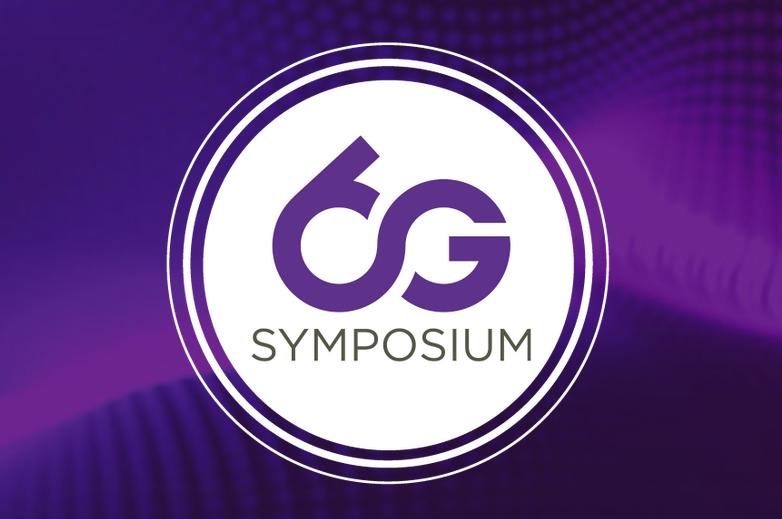Day One of 6GSymposium brought some fundamental questions about the evolution path from 5G to 6G and the impact on the telecoms industry’s processes, business models and function. After a few years of exploring, there seems to be a growing consensus on what 6G will need to be. The use cases – what it will need to do – are less clear, however.
Is There a Business Case for 6G Yet?
A lack of clear use cases is a serious stumbling-block, as there is little appetite from operators to spend once again on rolling out a new network without a clear business case. The age of “build it and they will come” seems to be fading.
Indeed, Eric Hardouin, VP of Ambient Connectivity Research, underlined this during his 6GSymposium keynote speech. “We will be cautious about investing if we are not confident of the business case.” While noting that this was an Orange perspective, he observed that informally it seemed to be the position of other operators he had spoken with.
The need for a business case was a theme that drove the afternoon’s session “6G – Who Will Set The Agenda?”. While end-users from industry were in theory targeted by 5G, the reality was that they were not involved early enough to affect the creation of 5G significantly.
As a result, the use cases that were hyped in advance for 5G, such as automotive communications and remote surgery, have not yet received significant traction. 6G’s development will need to be more inclusive if we are to learn the lessons of the past.
Nevertheless, some clarity is appearing. Speaking alongside Hardouin in the opening 6GSymposium keynote, Afif Osseiran, Ericsson’s 6G lead and vice-Chair of 5G-ACIA, was quick to underline where different organisations’ visions are starting to overlap.
He highlighted areas where industries are providing clear directions to telecoms, including “the integration of sensing and communication to support accurate object localisation on the factory floor, and also for object detection in unknown environments”. This chimes in closely with some of the unique properties of 6G as proposed by ETSI.
While clarity and consensus sound appealing, it became clear that from a government perspective the issue is somewhat more nuanced. The economic growth associated with digitally connected populations has stimulated competition between countries.
For example, India’s announcement of a planned 6G deployment in 2030 – and the question to be asked is how far this competition can accord with global standards developments.
Not surprisingly, the push and pull factors are many. While Marckus Mueck, Chairman of ETSI’s RISE working group, was sanguine that global standards are necessary, the push to steal a march on rival countries and economies – possibly approaching matters with a pre-standard version as South Korea did with 5G – is a major temptation.
Arturo Azcorra, the Spanish government’s Director-General for Telecoms and Audiovisual Services, underlined the conflict when he described Spain’s R&D focus as being similar to the wider European SNS-PP, but “supplementary and complementary to it”, addressing specific angles that SNS-PPP doesn’t cover. Azcorra underlined the need for “fundamental research, yes, but with a fast path to standards and commercialisation”.
It may well transpire that 6G offers more opportunities for different countries to stake claims in its development, as it seems likely that, as we move beyond 5G, we enter more into realms of cloud, data management, AI, distributed ledgers, and security systems beyond the “heartlands” of telecom both topically and geographically. A variety of speakers highlighted new areas such as photonics, quantum cryptography and new semiconductor technologies as areas of interest.
Continuity and Convergence
Continuity from 5G, too, was a watchword. While there will inevitably be costs associated with a new generation of technology, minimising the impacts through the re-use and upgrading of existing infrastructure, systems, and software came across as a practical necessity.
For example, Cohere CEO Ray Dolan, delivering a 6GSymposium keynote from the World Economic Forum in Davos, underscored the role that the integration of telecoms and hyperscalers will play as we move forward. “6G is cloud,” he emphasised, in an echo of this recent interview.
“We expect there to be a cloud platform that allows the scheduler and other mechanisms to move to the datacentre,” Dolan noted. This would enable coordination of multiple waveforms: “a waveform optimised for reliability, a waveform optimised for IoT, one for low latency [and so on]” he listed.
While processes initiated in the development of 5G and even before are expected to continue through the development of 5G-Advanced and into 6G, this does demand a new relationship with customers and with other players.
Speaking in a session called “Convergence Points the Way to 6G,” Nicolas Chuberre pointed out that today “convergence is driven very much by the user community. Over the past four years, all kinds of user communities are taking part in 5G-Advanced at all levels.”
Andreas Roessler, Rohde & Schwarz’ 6G lead, echoed this sentiment in his 6GSymposium keynote talk. While basic elements of AI are in use in 5G networks already – and arguably in legacy networks – he explored the impact that building native AI elements into future generations will have.
“Ultimately, we will move to a stage where the physical layer effectively learns itself,” he said. “The question is what our community has to do to enable that in a multi-vendor environment.”







